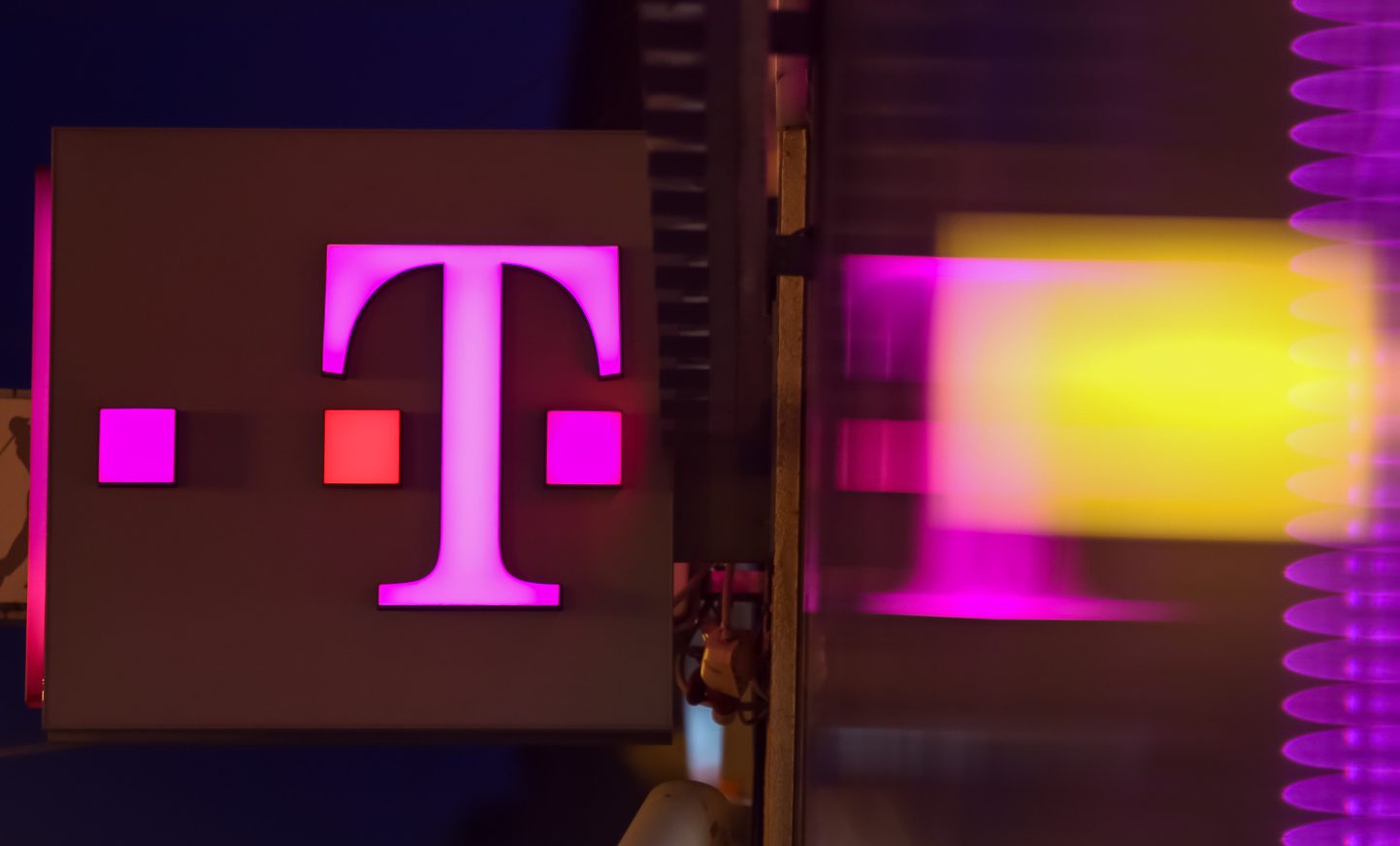T-Mobile US announces 5G upgrades at Super Bowl stadium

T-Mobile said that the new enhancements now enable peak download speeds up to 1.2 Gbps
T-Mobile US announced 5G coverage and capacity enhancements inside the Allegiant Stadium in Las Vegas ahead of this year’s Super Bowl, which is scheduled to take place on February 11.
The carrier said that the new enhancements now enable peak download speeds up to 1.2 Gbps, 10 times faster than before, and peak upload speeds of 200 Mbps.
“Everyone knows Las Vegas is a hub for the biggest sports and entertainment events in the world, especially with the return of the Las Vegas Grand Prix late last year,” said Ulf Ewaldsson, president of technology at T-Mobile. “That’s why we set the bar high and invested early in extensive permanent upgrades across the region, so T-Mobile customers can stay connected better than ever before, not just during one event, but year-round.”
Some of the permanent upgrades T-Mobile completed inside Allegiant Stadium include:
-62 iDAS sectors inside the stadium (including three sectors covering the field), which cover the entire stadium with Ultra Capacity 5G.
-7 oDAS sectors servicing areas just outside the stadium for better coverage at celebrations happening around the stadium.
-mmWave enhancements both inside and outside the stadium.
The U.S. carrier is also supporting key celebration locations with temporary enhancements in a few additional locations across Las Vegas.
T-Mobile US recently announced tests of millimeter-wave spectrum in its 5G Standalone production network, saying that it has been able to hit download speeds of 4.3 Gbps.
Those downlink speeds were achieved with aggregation of eight channels of mmWave spectrum, the carrier said. It also tested mmWave spectrum aggregation of four channels in the uplink, and reported that speeds exceeded 420 Mbps.
The tests, conducted in partnership with Ericsson and Qualcomm, were done without anchoring low- or mid-band spectrum, the carrier noted. T-Mobile said that it is testing 5G SA mmWave for densely crowded areas like stadiums and large venues, as well as “potentially” for Fixed Wireless Access broadband services.
The telco has long emphasized its “layer cake” strategy to its 5G spectrum deployments, with a coverage layer of its 600 MHz low-band airwaves supplemented with additional capacity and speed through its substantial midband spectrum holdings, and mmWave reserved for limited deployments only in places where it is driven by capacity needs or use case.
T-Mobile’s 5G network covers more than 330 million people across two million square miles. Meanwhile, 300 million people nationwide are covered by T-Mobile’s Ultra Capacity 5G.

Comments are closed.